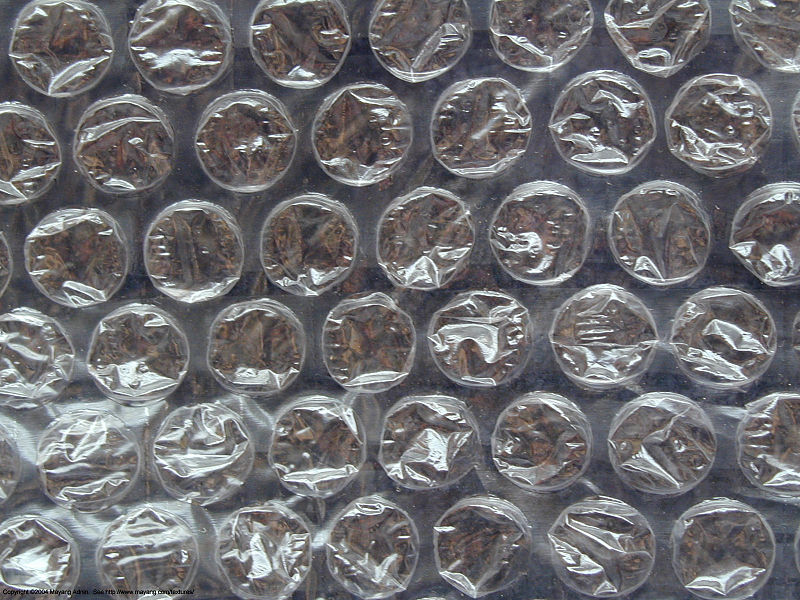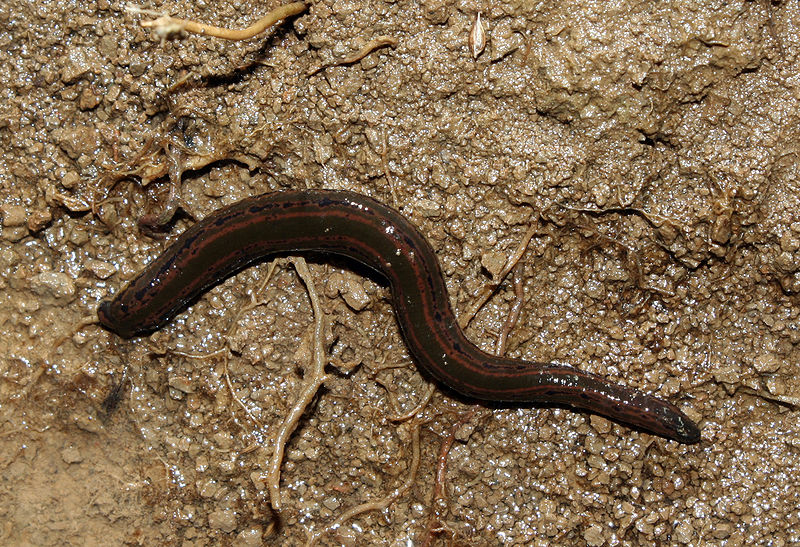If you watch enough television, you’ve probably heard the
words “anti-oxidant” and “free radical.” From what we’re told, free radicals
are “bad,” anti-oxidants are “good,” and if we don’t buy food and beauty
products with anti-oxidants we’ll be in danger.
Don’t believe me? Here’s a sample commercial:
At no point in this commercial did the speaker explain what
anti-oxidants were. Nor did he tell us what anti-oxidants protect us against.
But I’d be lying if I said I didn’t want to buy a bottle of Snapple just to
play it safe.
 |
| I also really, really love bubble wrap! |
So I’m going to dedicate a post to explaining anti-oxidants.
Free Radicals, Man!
The word “radical” is a scary word. We hear it used on the
news to describe dangerous people like arsonists, murderers, bombers and
tyrants. No one wants to be known as a “radical.”
Unless they’re a skateboarder from the 90s.
 |
| "Radical, dude! That was totally gnarly!" |
Most free radicals do little and are eventually destroyed by other processes in our bodies. But if the split molecule was something important,
like our DNA, then we could be in trouble. As I said in my post about tanning
beds, DNA is much more vulnerable to UV rays than other parts of our cells. If
our DNA becomes damaged, it could cause the cell to reproduce at a
dangerous rate, resulting in cancer.
Luckily for us, our body has many, many defenses against a cell with damaged DNA. But there are only so many times you can roll
the dice before they come up snake eyes, and there are only so many times your
body can deal with these cells before it misses one and develops cancer.
Anti-Oxidants – Like Superman, Only Really, Really Small
In the following dramatic re-enactment, Superman plays the anti-oxidant,
the bullets are the free-radicals, and the two scared men are DNA. The shooter,
I guess, can be ultraviolet light, but that stretches the metaphor pretty thin.
Instead of ultraviolet radiation splitting apart DNA,
anti-oxidants step in to take the blast. Vitamin C is one such anti-oxidant.
Instead of breaking apart like most molecules, when vitamin C is hit with UV
rays, it twists and bends. Although rendered nutritionally useless, it protects
our DNA.
Anti-oxidants can’t heal already damaged cells, but they’re very good at preventing further harm. Never believe a commercial if it says
that the anti-oxidants in their product can reverse damage – they don’t read my
blog, so they’re not worth listening to.
I’m kidding. But for the record, Snapple, Superman makes for
a much cooler metaphor than bubble wrap.. Maybe you should hire me as an advertising
executive, eh? Eh?






















